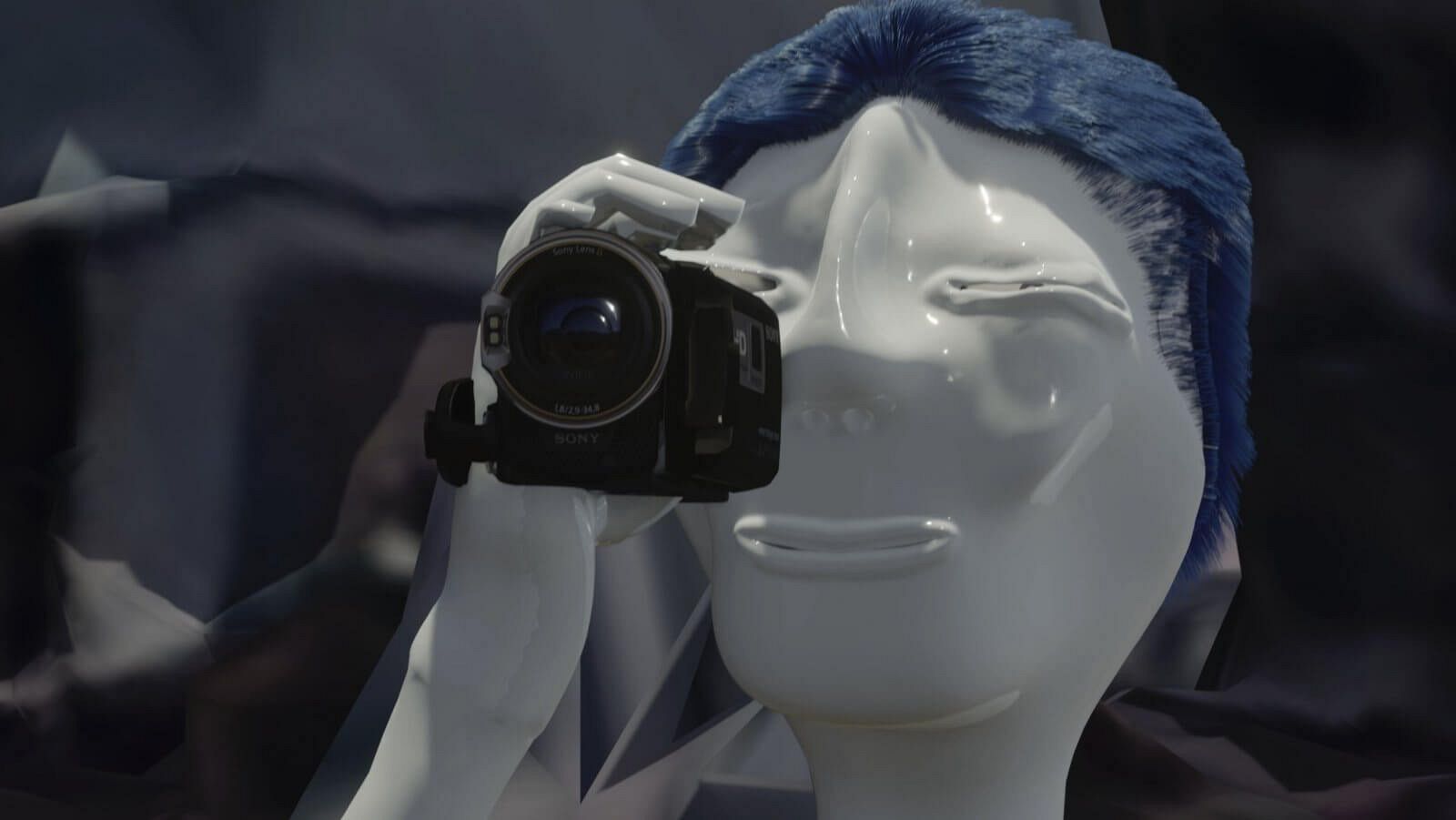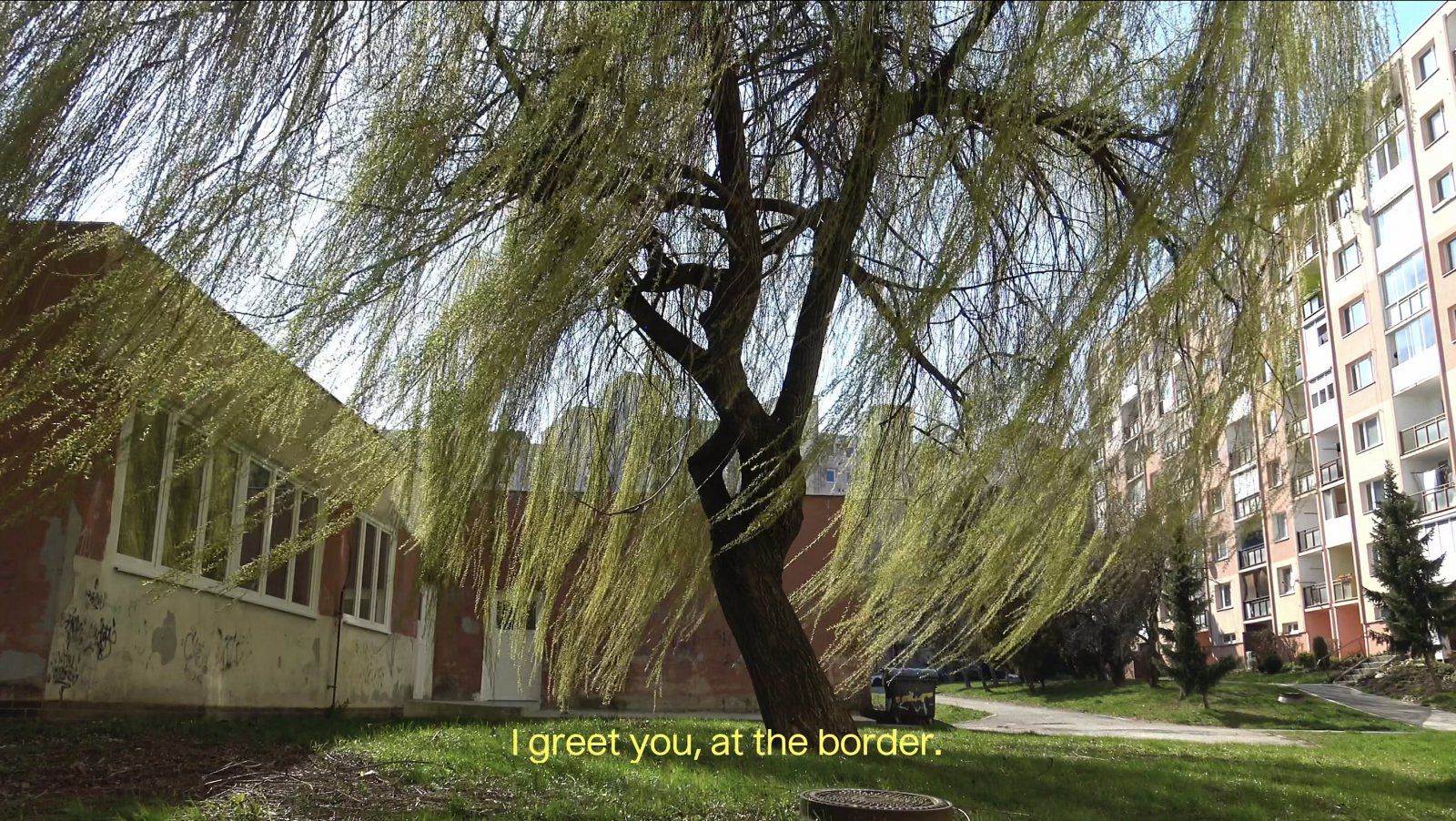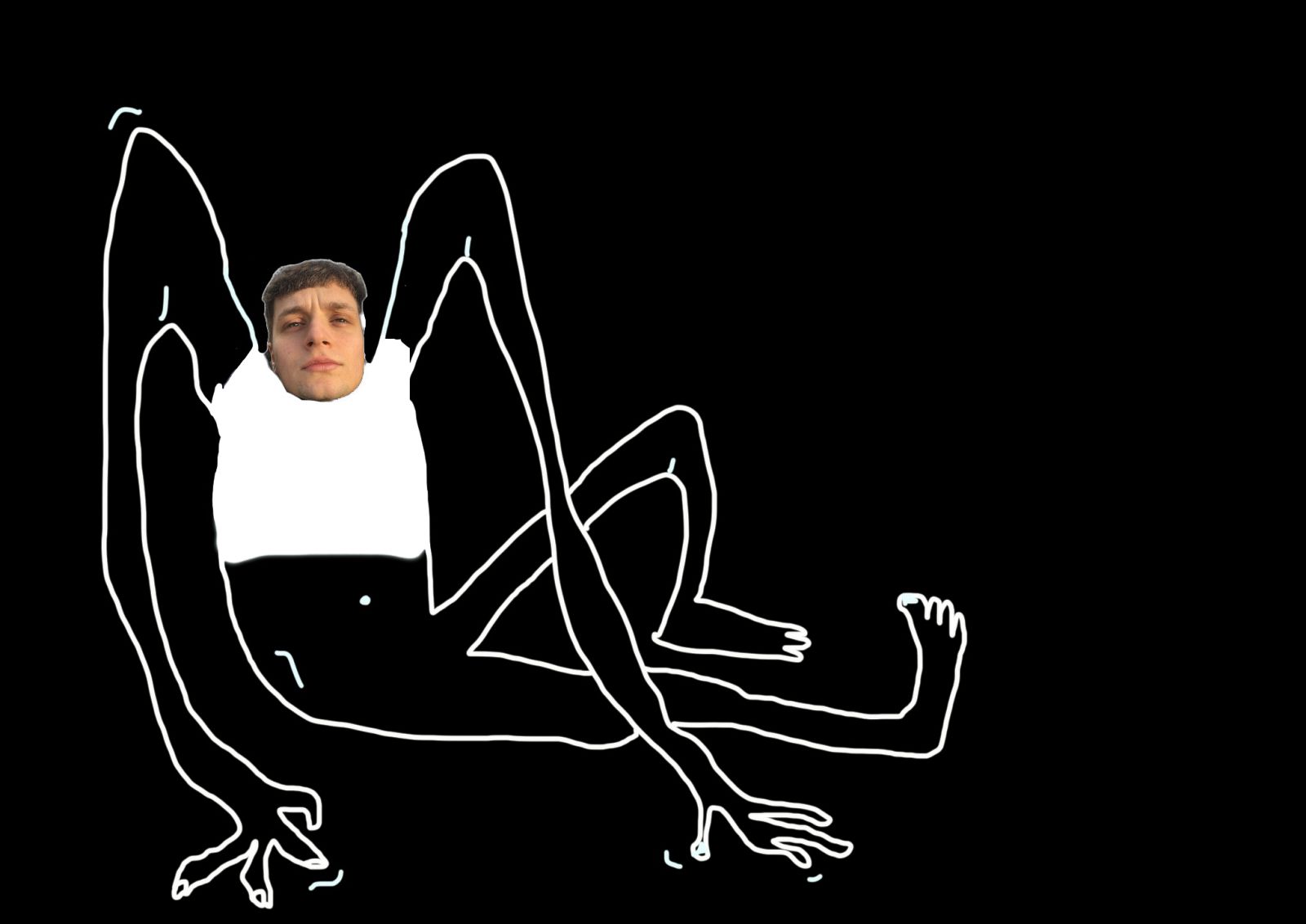
Adam Centko
Internship: Studio Constant Dullaart
adamcentko14@gmail.com
graduation2020.kabk.nl/students/adam-centko
www.instagram.com/acentko/
Adam Centko is a recent I/M/D graduate that focuses his creative output on moving images. He loves to investigate the medium of video and its intricate relation with technology. His work often consists of experimental research followed-up by an aesthetic reflection. Adam creates videos that speak to the modern audience and strive to evoke questions.
GRADUATION PROJECT
Silicon Sights is an abstract exploration of the physical spaces and their digital replicas. Protagonist residing on both sides, equipped with a camera as a tool to traverse the wall, can explore and reflect on these seemingly different, yet related environments. A unique trait of the device is established and the video utilizes this ability to construct a fictional narrative. Contemplating resource use by the two sides of the border and putting forward an equation. Equation of pollution, render times, and beautiful simulated nature. The meta-human entities on the digital side are left to dream of a better future, a "post-representational paradise". The viewer is invited to observe the border from a comfortable and involving perspective in the physical installation.
(Video Installation, Single Channel, 8 minutes)
The project has been featured in 1646 gallery, IMPAKT Festival Channel, Dutch Design Week 2020 and Subbacultcha Collectibles. Silicon Sights has been nominated for the Department Prize.




THESIS
Silicon Sights
The text occupies itself with an idea, that much of the photography and image value is going to be outsourced to predominantly machine learning algorithms and various other types of automation soon. Optical elements of cameras are getting smaller, but the graphic processing units are getting bigger and consume more energy. I research the recent implementation of machine learning in smartphones and its deep piercing into the consumer market. People no longer care (if they ever did) how the photograph is taken, or if it even represents the subject. They assign an aesthetic value to it, based on visual quality. I propose that this value can, partially is, and will be automated fully. The text is accompanied by various images, giving the viewer space for interpretation and creation of a narrative. Creating links between the Los Angeles riots and a 3D render of a camera shaped like a gun, or between a Chinese smartphone click-farm and a LAN party from the 90s’. The thesis first dives into the inner workings of the technologies in question, machine learning algorithms, visual saliency prediction, datasets, and computational photography. I researched how they work, and what the outcomes can be. In the process, many strengths and shortcomings of these new technologies arose. For example, biased datasets, that were constructed by human labor, and consequently carried human bias into research papers and executive technologies. This could result in a facial detection algorithm labeling you as a “slut, pimp or premature baby”. On the other hand algorithms like generative adversarial networks are getting better and better at producing photorealistic images of faces of people who don’t exist in places that are nowhere to be found and in times that never happened. This ability of algorithms can perhaps challenge the long-established relation between our memory and photographs. I wondered what could happen when the majority of cameras (currently in smartphones) would stop representing what lies in front of the lens, and rather provide the user with a “better” or altered image. Since I was investigating the value of an image and how it’s affected, I needed to establish some framework to work with. The composition of values I decided to investigate and believed would illustrate my point well, included Temporality, Aesthetics, Forensics, Saliency, Monetization, Environment, Sentimentality, Science, Medicine, and Cartography. All of the above-mentioned values are experiencing change through the development of visual technologies. Machine learning algorithms can provide us with a much greater understanding of the world around, guide us through many new perspectives, however, they make our perception vulnerable to potentially harmful external factors. With the limited information provided in datasets, they often misrepresent the physical world, creating a new space beyond representation that exists in the latent dimension. Unless we take care of developing these algorithms, we will be facing a great threat to our modes of perception in the future.